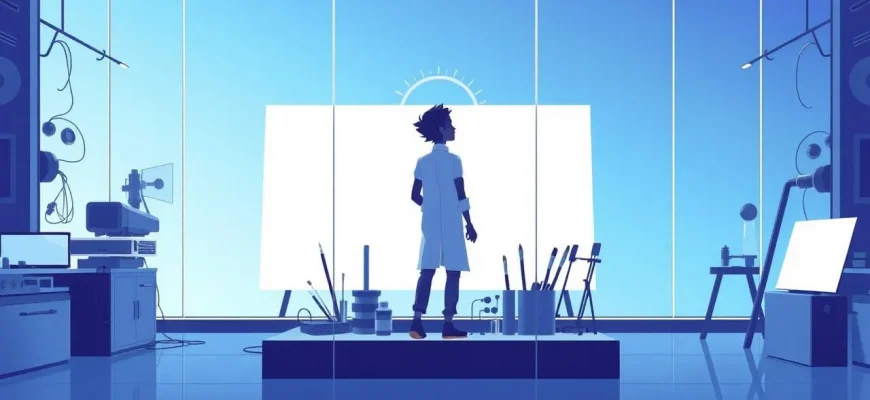Science fiction has always been a genre that pushes the boundaries of imagination, often exploring the very essence of creativity itself. This curated list of 10 films dives deep into the creative process, showcasing how artists, inventors, and visionaries navigate the realms of the possible and the impossible. From the mind-bending landscapes of dreams to the futuristic technologies that shape art, these films offer a unique perspective on the creative journey, making them a must-watch for anyone fascinated by the intersection of science fiction and the human creative spirit.
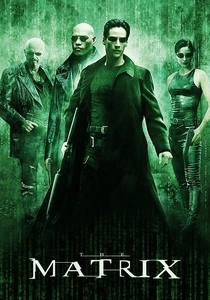
The Matrix (1999)
Description: While not directly about the creative process, the Wachowskis' film explores the concept of reality and how it can be manipulated, paralleling the creative act of world-building in storytelling.
Fact: The film's "bullet time" effect was a groundbreaking visual technique that required extensive planning and the use of hundreds of still cameras.
 Watch Now
Watch Now 
A.I. Artificial Intelligence (2001)
Description: Stanley Kubrick's vision, brought to life by Steven Spielberg, examines the intersection of artificial intelligence and human emotion, touching on themes of creation and the desire to create.
Fact: The film was in development for over 20 years, with Kubrick initially planning to direct it himself before passing the project to Spielberg.
 Watch Now
Watch Now 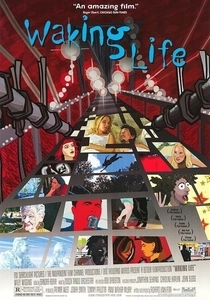
Waking Life (2001)
Description: Richard Linklater's experimental film uses rotoscoping to explore philosophical discussions about life, reality, and creativity through the dreams of the protagonist.
Fact: The film features over 30 actors, including Ethan Hawke and Julie Delpy, who engage in philosophical conversations, making it a unique blend of animation and live-action.
 Watch Now
Watch Now 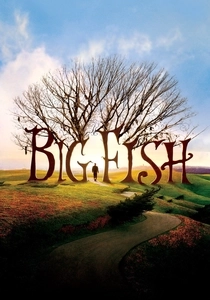
Big Fish (2003)
Description: Tim Burton's enchanting tale blurs the line between reality and fantasy, showcasing how storytelling and imagination can shape one's life. It's a celebration of the creative process through the lens of a father-son relationship.
Fact: The film was inspired by Daniel Wallace's novel of the same name, and Burton used real-life stories from his own father as inspiration for some of the tales.
 Watch Now
Watch Now 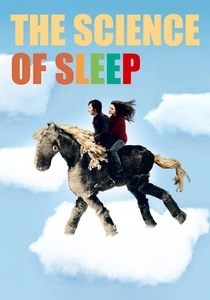
The Science of Sleep (2006)
Description: Michel Gondry's surreal film delves into the dream world of Stéphane, an inventor whose inventions are inspired by his dreams. It's a quirky look at how dreams influence creativity.
Fact: The film was shot in Paris, and many of the dream sequences were created using practical effects and stop-motion animation.
 Watch Now
Watch Now 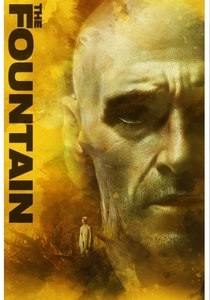
The Fountain (2006)
Description: Darren Aronofsky's visually poetic film intertwines three stories across time, exploring themes of love, death, and the eternal quest for knowledge and creativity.
Fact: The film was initially conceived as a much larger project with a budget of $70 million, but was scaled down to $35 million due to studio concerns.
 Watch Now
Watch Now 
The Imaginarium of Doctor Parnassus (2009)
Description: Terry Gilliam's visually stunning film follows a traveling theater troupe that can transport people into a world of imagination. It's a whimsical exploration of creativity and the power of storytelling.
Fact: After Heath Ledger's untimely death, his role was completed by Johnny Depp, Jude Law, and Colin Farrell, each playing different versions of his character in the Imaginarium.
 Watch Now
Watch Now 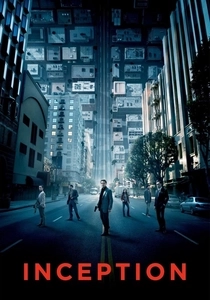
Inception (2010)
Description: Christopher Nolan's mind-bending masterpiece explores the concept of inception, where ideas are planted in someone's subconscious through dreams. It's a film about the ultimate creative act: the inception of an idea, making it a perfect fit for this list.
Fact: The film required extensive research into dream theory and architecture to create its dream worlds. The spinning top used by Leonardo DiCaprio's character was actually a personal item of Nolan's.
 Watch Now
Watch Now 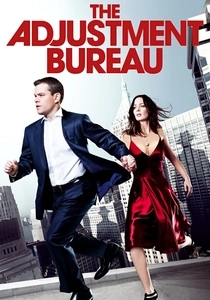
The Adjustment Bureau (2011)
Description: George Nolfi's film explores the concept of fate versus free will, where a man discovers a mysterious organization that controls human destiny, paralleling the creative process of shaping one's own life.
Fact: The film was inspired by Philip K. Dick's short story "Adjustment Team," and the hats worn by the agents of the Adjustment Bureau were chosen to represent a bygone era of control and conformity.
 Watch Now
Watch Now 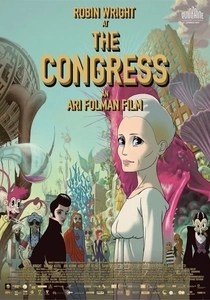
The Congress (2013)
Description: Ari Folman's animated/live-action hybrid explores a future where actors sell their digital likenesses for use in films. It's a commentary on the commodification of creativity in the entertainment industry.
Fact: The film is loosely based on Stanislaw Lem's novel "The Futurological Congress," but takes significant creative liberties with the source material.
 Watch Now
Watch Now 
